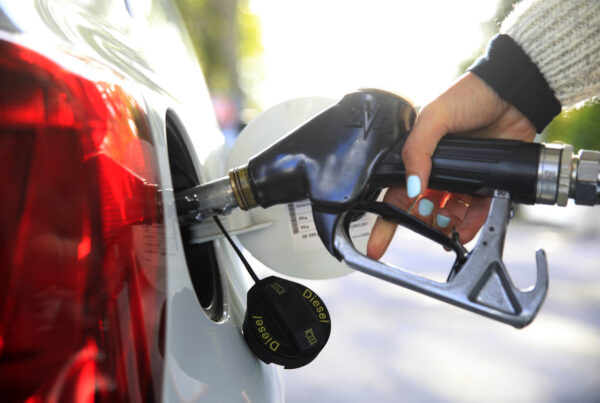As electric vehicles continue to enter the mainstream fleet discussion, it was a thrill to gather with a collection of industry experts at Greenfields, Albert Park in Melbourne on Wednesday to see what the long-term possibilities are for the market.
In what was the largest gathering of electric vehicles in Australia’s history, manufacturers on display included BMW, Hyundai, Jaguar, Mercedes-Benz, Mitsubishi, Renault, SEA, Tesla and Volvo.
The event was all part of an initiative from the Clean Energy Finance Corporation, and involved support from the RACV, Chargefox, JET Charge and AfMA directly.
List of electric vehicles/hybrid vehicles on display:
- BMW 530e
- BMW i3
- Hyundai IONIQ EV
- Hyundai Kona EV
- Jaguar I-PACE HSE
- Mercedes E350e
- Mitsubishi Outlander PHEV
- Renault Kangoo Z.E.
- Renault ZOE
- SEA Electric Truck
- Tesla Model S
- Tesla Model X
- Volvo XC360 T8
 A key objective of the day was giving fleet buyers a first-hand look at the handling, drive capabilities and fit-for-purpose setups of the individual vehicles. Naturally when it comes to EVs the driving range and charging capabilities play a significant role in determining the potential value for your operations.
A key objective of the day was giving fleet buyers a first-hand look at the handling, drive capabilities and fit-for-purpose setups of the individual vehicles. Naturally when it comes to EVs the driving range and charging capabilities play a significant role in determining the potential value for your operations.
AfMA’s Executive Director Mace Hartley said it was important for the industry to work together to showcase the potential of EVs given the lack of initiative at all levels of government.
“The government has shown that EV incentives will be limited, so it’s about what we can do to introduce people to EVs to eventually create a second-hand market,” Mace Hartley said.
“The reality is the only thing driving fleets towards EVs at the moment are companies trying to hit their ‘green-energy’ targets, so the ongoing challenge will be getting continued investments into EVs from government and other players.”
 Fleets that could look to ‘flip’ EV cars out every three or so years and then private buyers might see greater incentive buying that way, rather than purchasing outright from the manufacturers. Key in the case of Australia is providing confidence to null concerns of ‘range-anxiety’ due to a lack of infrastructure in certain regions.
Fleets that could look to ‘flip’ EV cars out every three or so years and then private buyers might see greater incentive buying that way, rather than purchasing outright from the manufacturers. Key in the case of Australia is providing confidence to null concerns of ‘range-anxiety’ due to a lack of infrastructure in certain regions.
As part of the day’s testings, drivers were encouraged to provide feedback on the key criteria of the vehicles including suitability, performance, comfort and overall performance. It is hoped that this data might become a useful tool for manufacturers to better equip their vehicles for the unique needs of fleet, while also identifying market trends.
The day concluded with a lunch function also hosted at Greenfields, providing guests with a chance to network with one another and hear from leading industry speakers.
 City of Melbourne’s manager of fleet operations Dave Allen outlined the successes his organisation has had in the EV space – with data showing significant financial benefits that stack up when considering the whole of life costs for a vehicle.
City of Melbourne’s manager of fleet operations Dave Allen outlined the successes his organisation has had in the EV space – with data showing significant financial benefits that stack up when considering the whole of life costs for a vehicle.
So while long-term there is a significant outlay and even potential risk there are strong benefits for organisations that show commitment in purchasing and maintaining sustainable vehicles.
“For us it’s been a great story in regards to reliability and the cost of ownership if you can hang on to those vehicles they are proven to be robust and efficient,” he said.




















